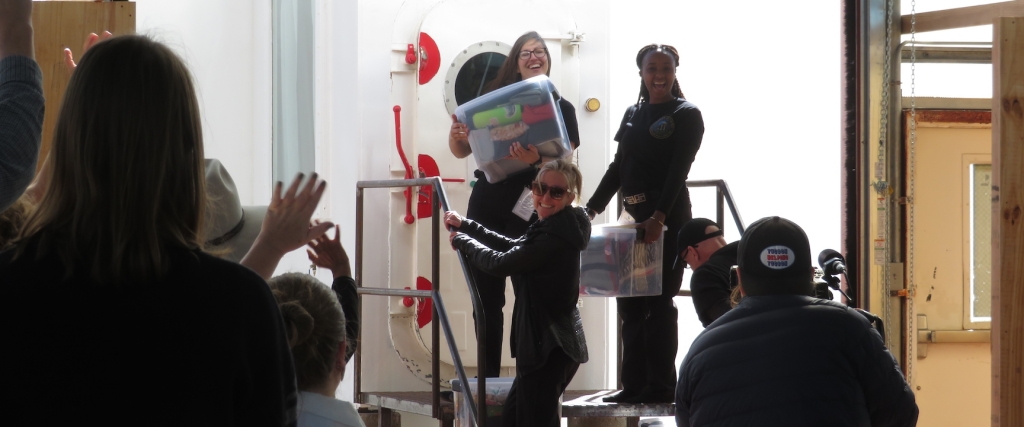Will we never learn?
What is it about the insatiable human appetite for manipulation of the physical world? It has served us well, enabling us to become the dominant species on this planet. And now we are poised to venture to new worlds.
But do all forms of life shape, shift, and recreate their homes, without a means to self awareness, such that the very foundation on which they stand is eroded? How many forests, how many rivers, how many ecological systems must we fragment and destroy before we learn that we are dependent on the very systems we replace with something of our own design.
When will progress no longer be our rally cry? Perhaps only when our very survival is at stake. But even then, someone will profit, someone will win.




